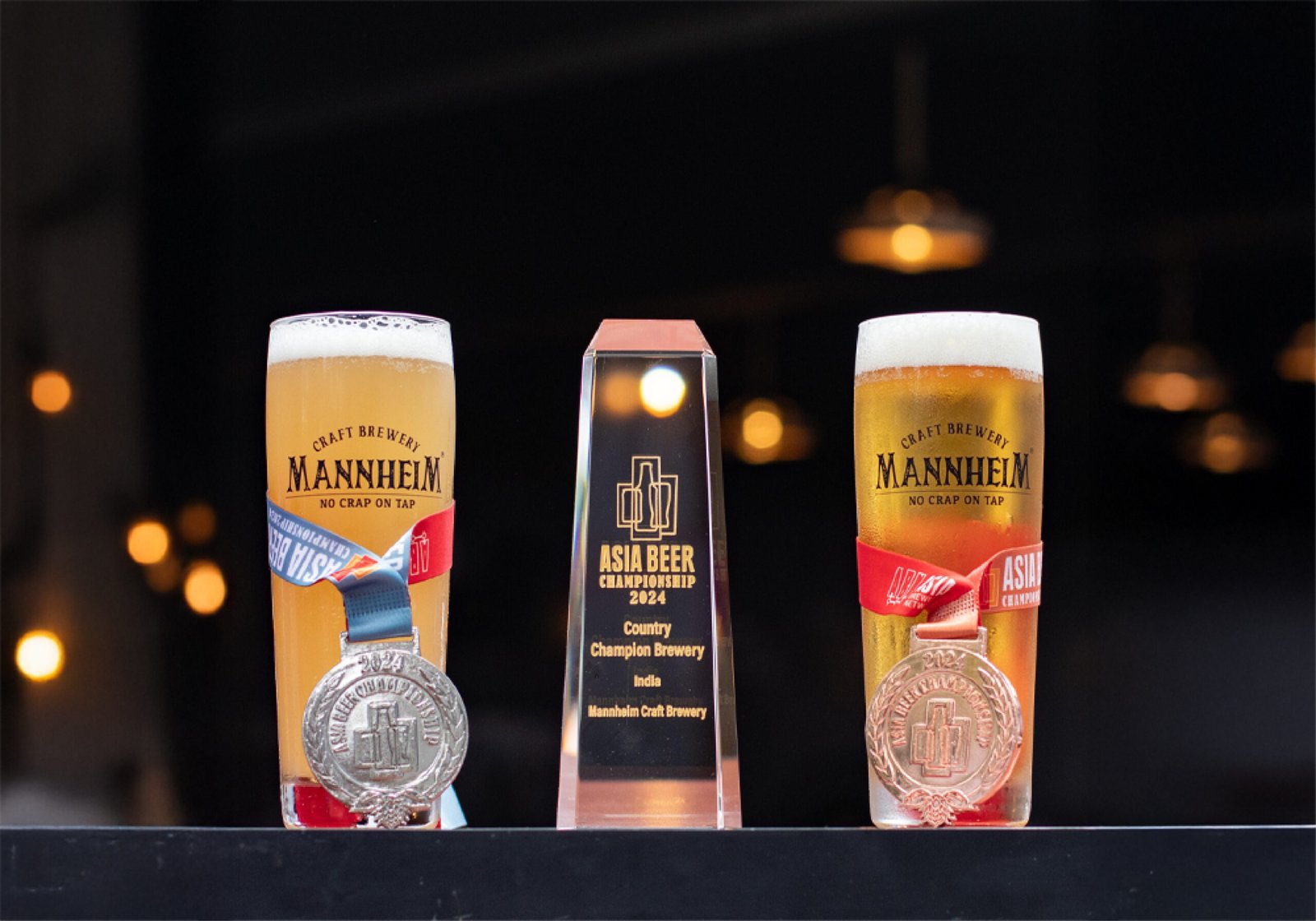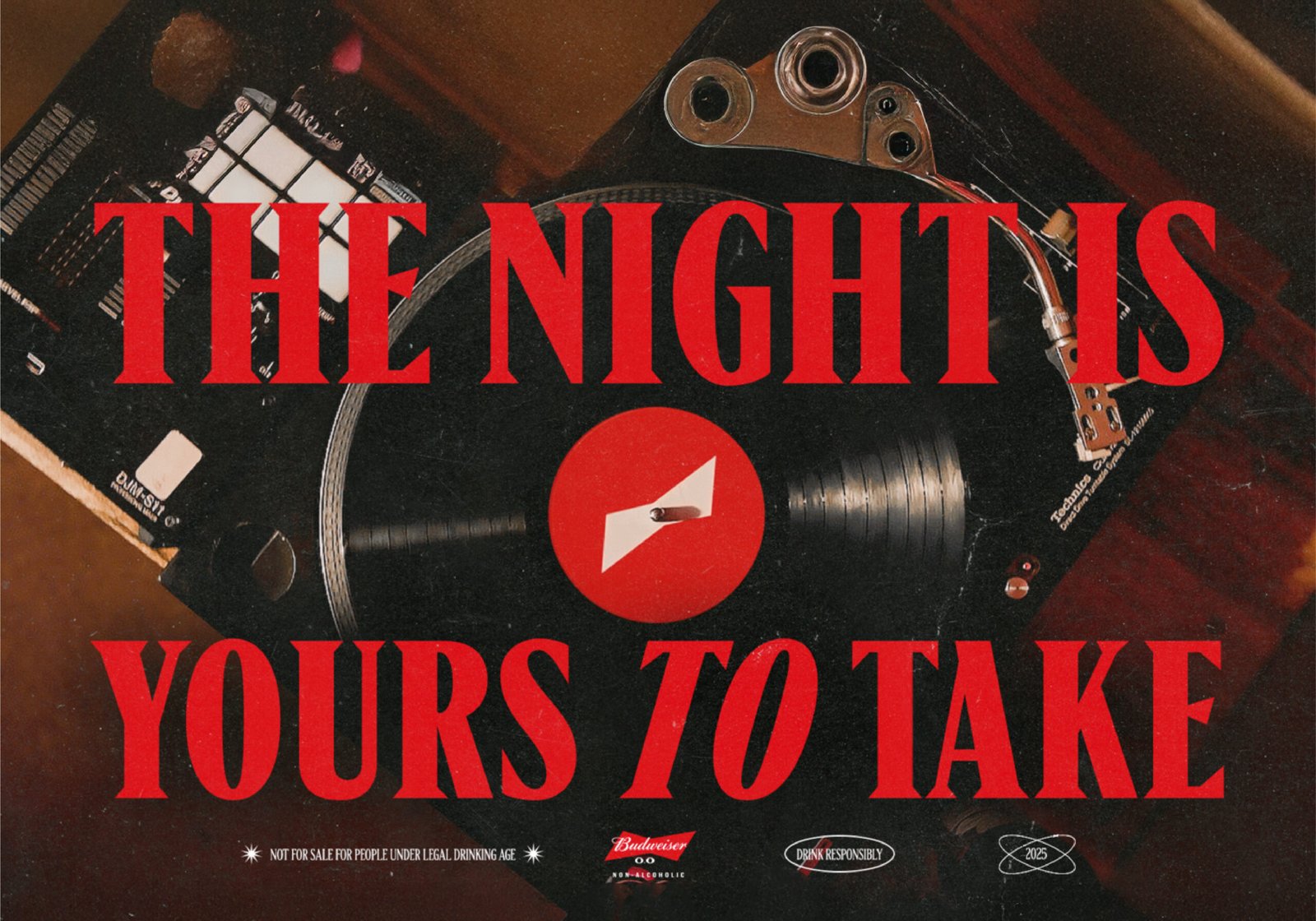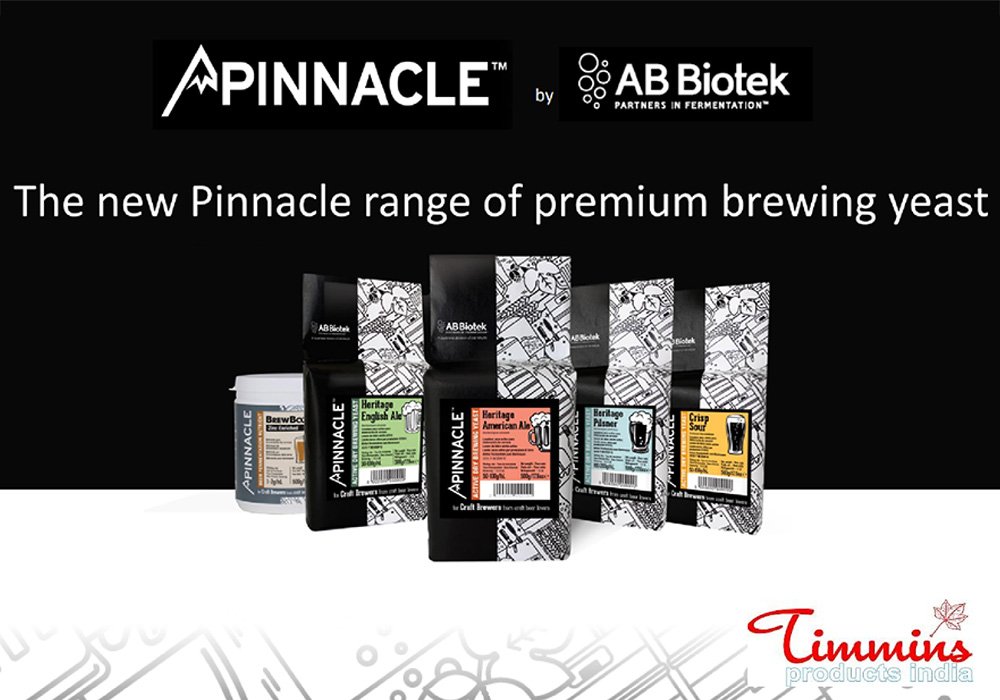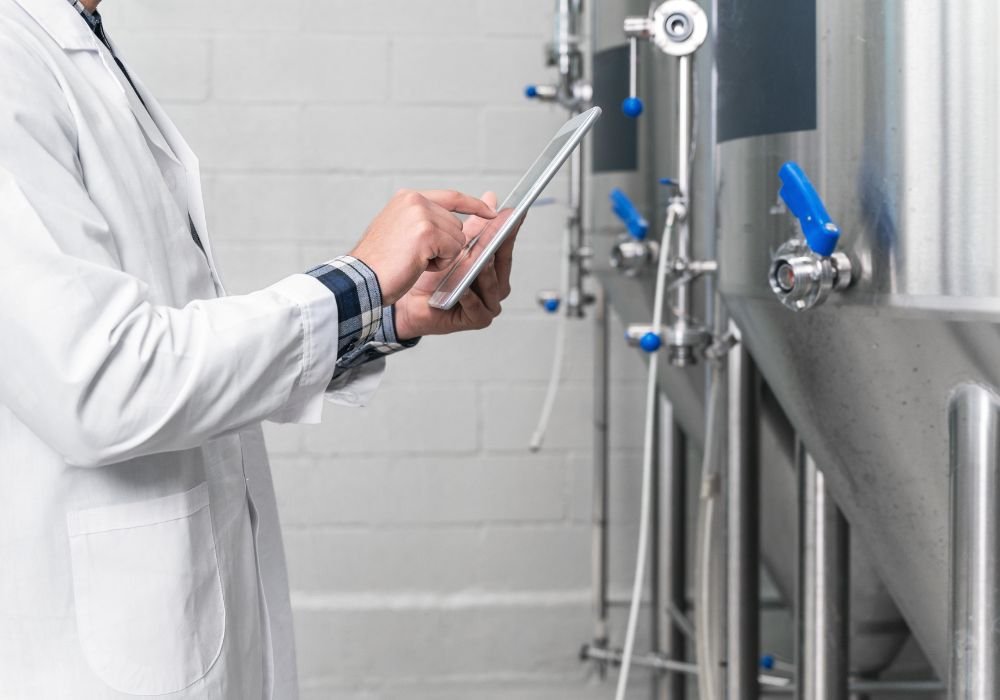
Designing a microbrewery plays a significant role in attracting customers and creating a memorable experience. A well-designed space not only enhances the overall customer experience but also communicates the brewery's brand identity and values.
Thoughtful layout and flow can make it easy for customers to navigate the space, find their desired products, and engage with the brewing process. Comfortable seating areas, spacious taprooms, and well-designed tasting rooms can create a welcoming and enjoyable environment, encouraging customers to spend more time and return in the future.
In today's digital age, the visual appeal of a brewery can greatly influence its online presence. Unique and Instagrammable design elements can attract social media attention and generate user-generated content. When customers share their experiences online, it can increase brand awareness and attract new customers.
Here are some ways in which the design of a microbrewery can help in getting more customers:
1. Layout and Flow: An efficient and well-thought-out layout is essential for a microbrewery. Consider the flow of customers from entrance to seating areas, bar, and brewing area. The layout should be intuitive, allowing customers to easily navigate the space and providing clear sightlines to the brewing equipment. A logical and visually appealing flow will enhance the customer experience and make them feel more comfortable and engaged.
2. Ambiance and Atmosphere: The design elements of a microbrewery, such as lighting, colour scheme, furniture, and decor, contribute to the overall ambiance and atmosphere. The chosen style should align with the brewery's brand identity and target customer base. Whether it's a rustic and cosy atmosphere or a modern and sleek vibe, the ambiance should be inviting and comfortable, encouraging customers to stay longer and enjoy their time at the brewery.

3. Showcasing the Brewing Process: Microbreweries have the advantage of being able to showcase their brewing process to customers. Design the space in a way that allows customers to see the brewing equipment and process. Glass windows or open areas between the brewing area and seating/bar areas can create a sense of transparency and excitement. Seeing the brewing process firsthand enhances the customers' connection with the beer, creating a more immersive experience.
4. Outdoor Space: If possible, incorporate outdoor seating areas or a beer garden into the design. Outdoor spaces provide an opportunity for customers to enjoy their beer in a different setting and can be particularly appealing during pleasant weather. Well-designed outdoor areas also act as an attractive feature that catches the attention of passersby, potentially drawing in more customers.
5. Social and Community Spaces: Consider designing areas within the microbrewery that encourage socialising and community engagement. This can include communal tables, cozy seating arrangements, or even hosting events like live music or trivia nights. Creating spaces that foster connections and interactions among customers helps build a loyal customer base and promotes a sense of belonging.
6. Branding and Signage: Use design elements to reinforce the brewery's branding and create a memorable impression. From the logo on the entrance to signage throughout the space, make sure it reflects the brewery's identity and stands out visually. Clear and attractive signage can also help guide customers and highlight different beer offerings, specials, or events.
7. Functionality and Safety: While aesthetics are important, ensure that the design also prioritises functionality and safety. Adequate space for brewing equipment, storage, and serving areas is essential. Additionally, make sure the space complies with safety regulations and provides a comfortable environment for both customers and staff.
Remember, a well-designed microbrewery goes beyond just aesthetics—it creates an experience that customers enjoy and want to share with others. By considering the layout, ambiance, showcasing the brewing process, outdoor spaces, social areas, branding, and functionality, you can create a space that attracts more customers and keeps them coming back for more.













